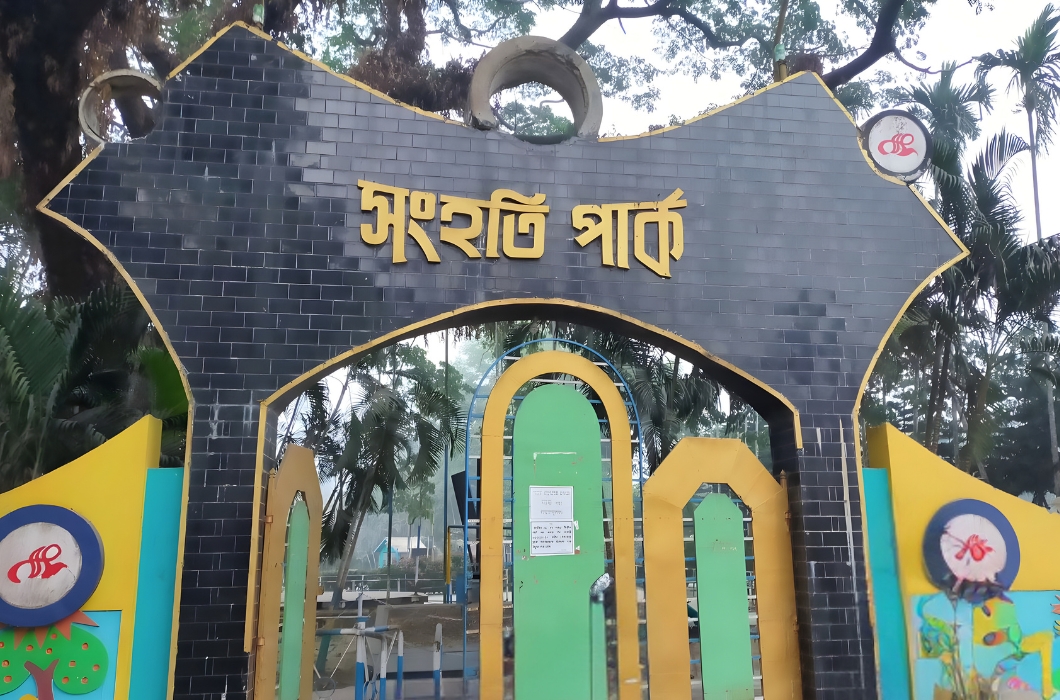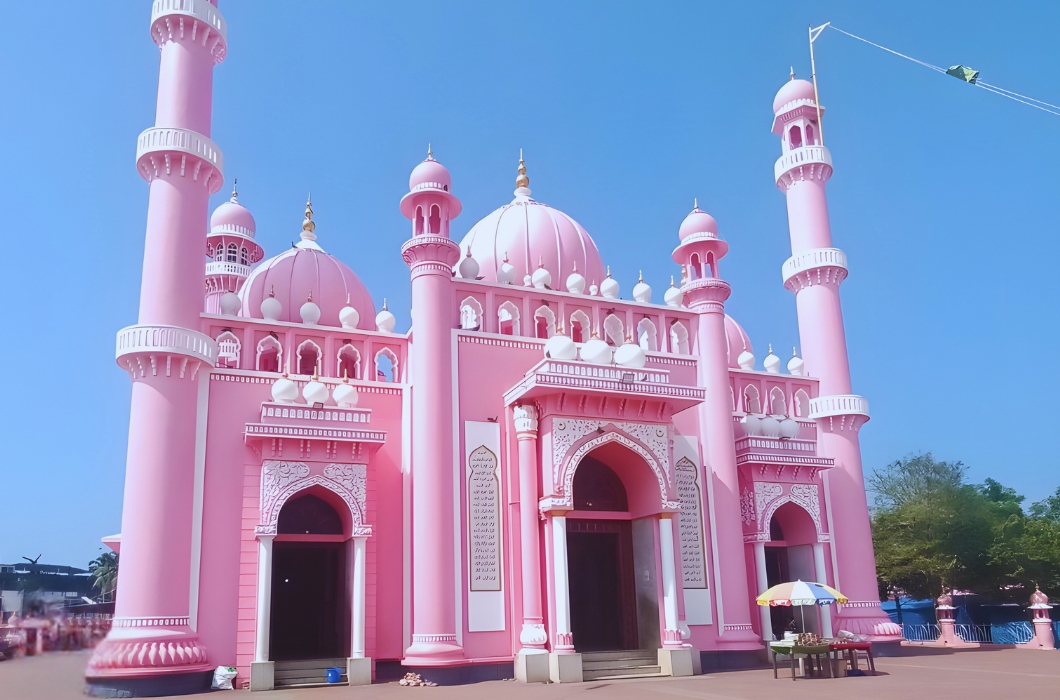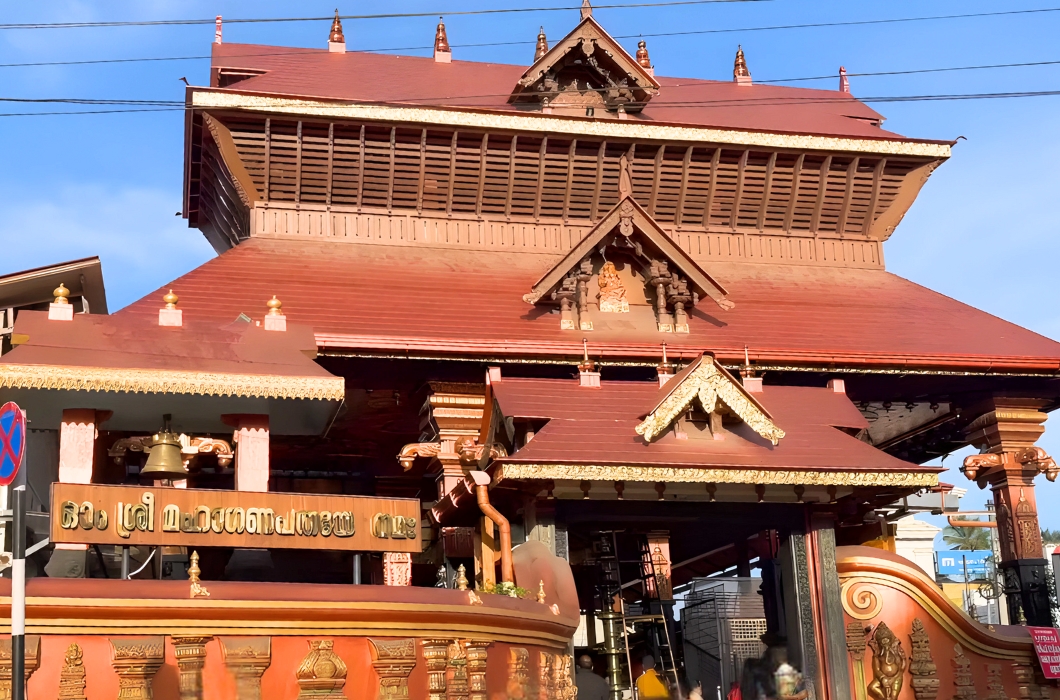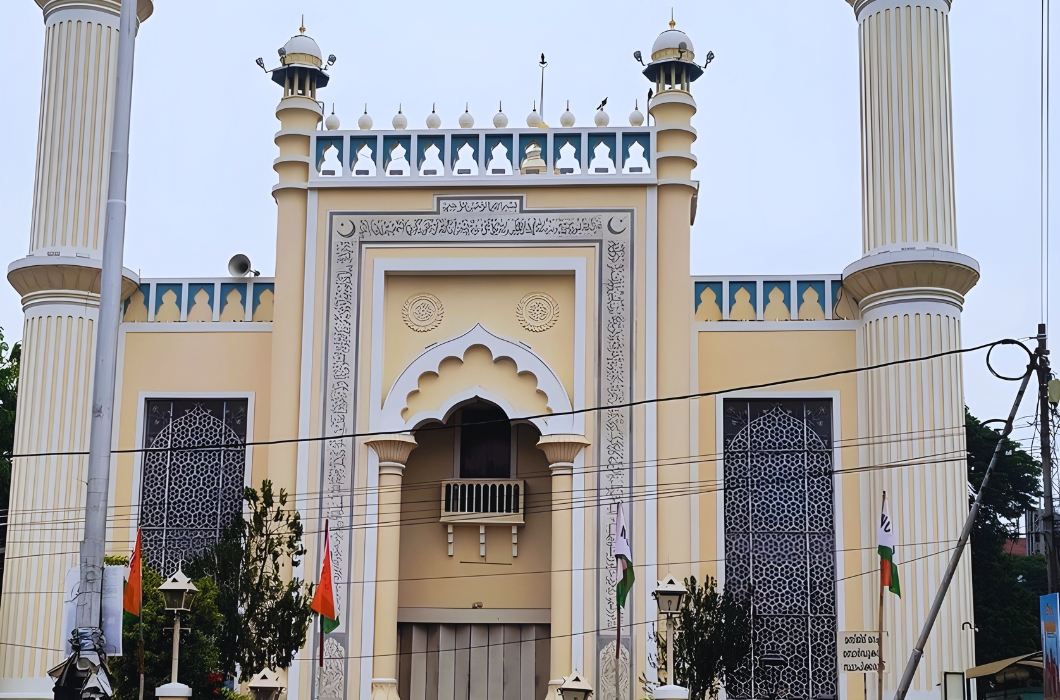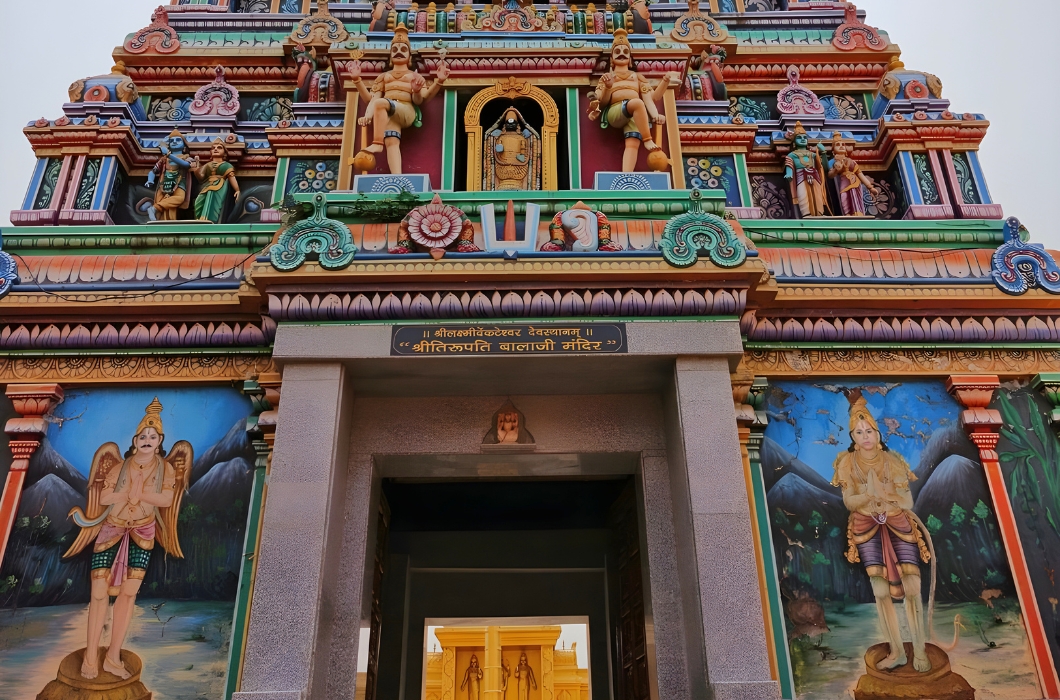As the National Library of India is primarily a research and academic institution, it may not have the same kind of “attractions” as a typical tourist destination. However, for scholars, researchers, and book lovers, the library itself and its resources are highly appealing.
The library houses a massive collection of over 2.2 million books, manuscripts, periodicals, maps, and other valuable documents in various languages. Scholars and researchers can access a wide range of subjects and historical materials, making it a treasure trove for academic pursuits. The library preserves and showcases rare and ancient manuscripts, some of which date back several centuries. These unique artifacts offer insights into India’s rich literary and cultural heritage, attracting historians, linguists, and archaeologists.
The library’s building itself is a significant attraction. Its stunning architecture, a blend of classical and neoclassical styles, stands as a historic landmark and architectural marvel in Kolkata. The serene and green surroundings further enhance the visitor experience. The National Library regularly hosts exhibitions, seminars, lectures, and cultural events. These events cover a diverse range of topics, including literature, art, history, and science, providing opportunities for intellectual engagement and cultural enrichment.
The library offers state-of-the-art research facilities, reading rooms, and digital archives to support scholars and researchers in their studies. It provides an environment conducive to focused research and learning. It collaborates with various educational and cultural institutions, both within India and abroad. This fosters a network of academic exchange and enriches its collection with contributions from different sources.
The National Library of India engages in educational outreach programs, encouraging students and young readers to develop a love for books and learning. This promotes a reading culture and helps instill a sense of appreciation for India’s literary heritage. The library’s efforts in preserving and conserving rare books and manuscripts are remarkable. Visitors interested in the science and techniques of book conservation may find this aspect particularly fascinating. In addition to physical collections, the library offers a growing array of digital resources, including e-books and electronic documents. This allows researchers from around the world to access its materials remotely.












